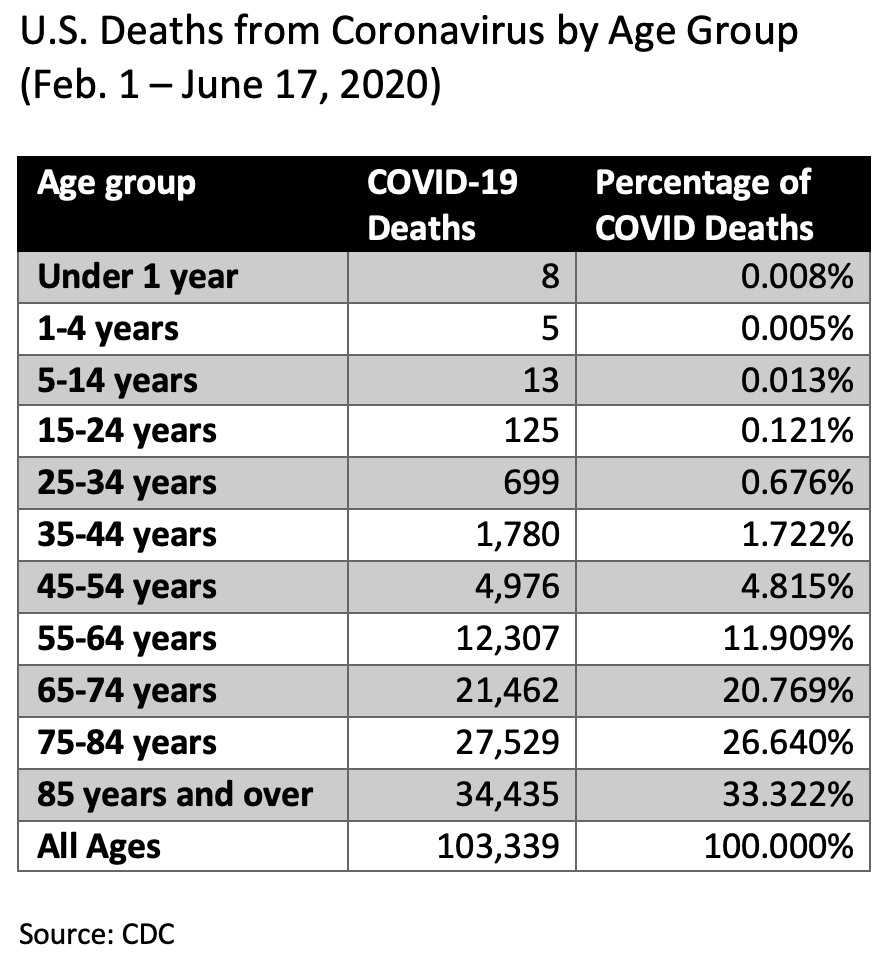dlanod
Moderator
- Sep 14, 2006
- 52,399
- 81,189
- AFL Club
- Brisbane Lions
- Other Teams
- GWS; CCMariners; NQCowboys; Ravens
- Moderator
- #2,551
Hospitalisation versus general population is not the issue with your figures. The issue is that you are not accounting for there being a lot more 18-29 year olds and 30-39 year olds than 75-84 year olds and 85+ year olds, but in your maths you're weighting all the age groups the same. Your 95% of deaths being 65 years or older is simply incorrect.Cannot see where it says the deaths are only in the hospitalised group, just that one set of figures tells you the ratios of people hospitalised, and the other the ratios of deaths. Even if your interpretation that the death figures are only applied to hospitalised people is correct (I don't think it does), I would suggest that the majority of people who die are either in hospitals or in old age care homes.







